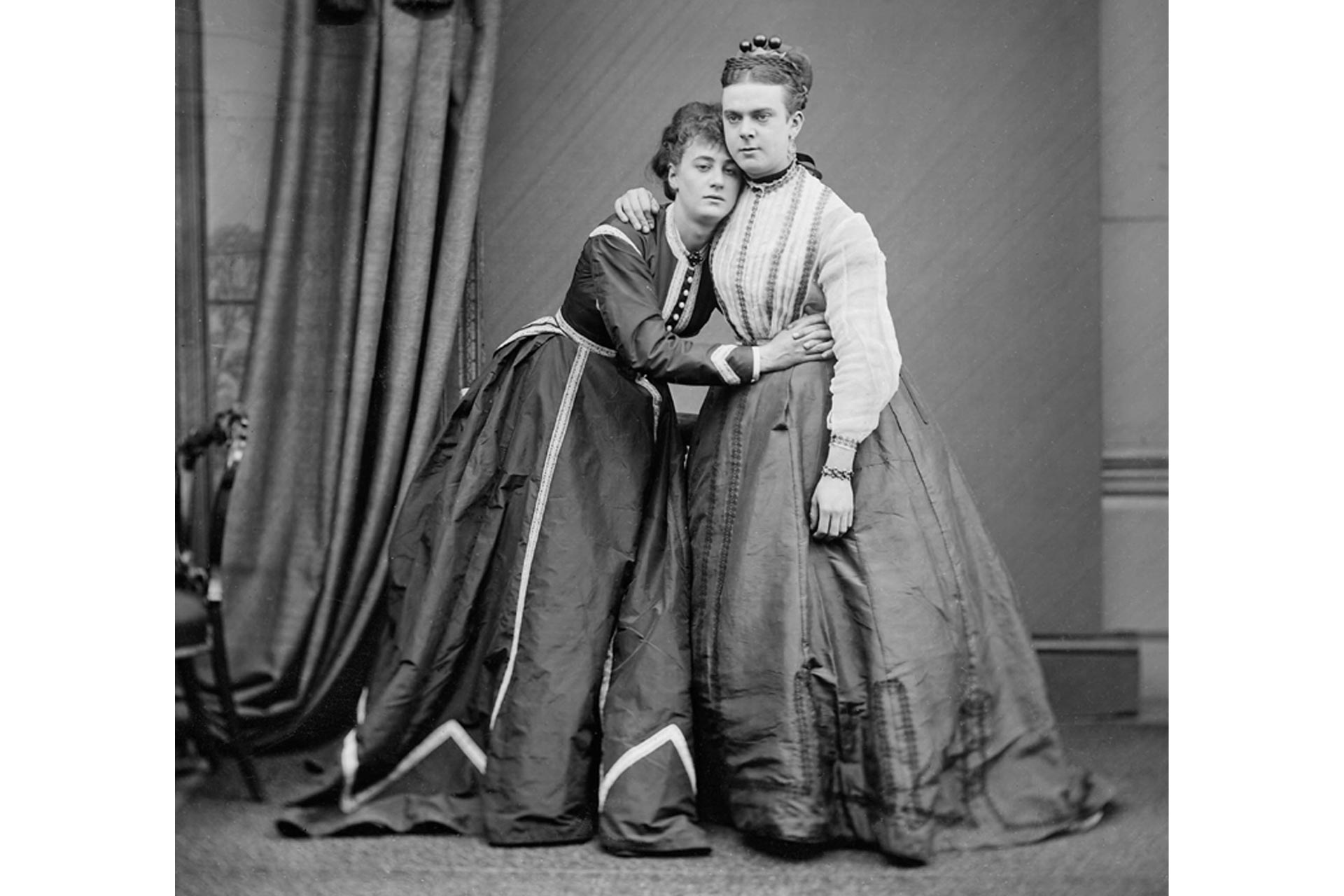
How can historians work with modern identity labels to understand the experiences of gender diverse people in the past? And what does this all have to do with the arrest of two well-dressed women on a night out in Victorian London? Senior Lecturer in History, Dr Sam Caslin discusses below...
On 28 April 1870, as they exited the Strand Theatre in London, Mrs Fanny Graham and Miss Stella Boulton were arrested for outraging public decency by cavorting in public while wearing women’s clothes. Fanny and Stella had each been assigned male at birth.
Not just a performance?
Fanny’s given name was Frederick William Park and Stella’s given name was Thomas Ernest Boulton. As part of a theatre troupe, they regularly performed as Fanny and Stella, but their presentation as women did not remain on stage. The police had monitored Fanny and Stella for months leading up their arrest and they believed that Fanny and Stella’s failure to conform to masculine ideals was evidence of their sexual transgressiveness.
At Bow Street Police Station, Fanny and Stella were stripped and their anatomy was used to “fix” them into the category of men. The police then added the more serious charges of committing buggery and inciting others to commit buggery to the misdemeanour charge of outraging public decency. Fanny and Stella denied the charges against them, explaining that their dress was part of an elaborate joke. The police, having observed Fanny and Stella pass as women on many occasions, were unconvinced and the case went to court.
Fanny and Stella were ultimately found not guilty of the felony charges against them. Simon Joyce (2018) argues that they were acquitted of these charges because the law struggled to make sense of Fanny and Stella in a way that allowed the police to prove their case. Fanny and Stella were not consistently viewed at the time as men.
Through the lens of trans womanhood
Historians have long understood Fanny and Stella as part of a history of homosexuality. Many have referred to Fanny and Stella as “men”. But what happens when we think about their story through the lens of trans womanhood?
Certainly, historians face challenges when working analytically with modern forms of language and identity categorisation not available to people in the past. Yet, if it does not seem controversial to try to understand Fanny and Stella’s story as part of an emerging Victorian homosexual identity, why should it be controversial to think about their story, as Joyce does (2018:91), as an instance of a trans narrative “in formation”?
Using this framing does not mean claiming simply that Fanny and Stella were trans women or that their story has no relevance to the history of homosexuality. Their case can tell us a lot about the historic regulation of male homosexuality, but this does not mean that we cannot also consider Fanny and Stella as part of trans history. Indeed, Fanny and Stella’s story encourages us to think about the ways trans histories and histories of sexuality can overlap.
Further reading on this topic
Simon Joyce, ‘Two Women Walk into a Theatre Bathroom: The Fanny and Stella Trials as Trans Narrative’, Victorian Review, Volume 44, Number 1, Spring 2018, pp. 83-98.
Beyond Binaries: A Modern (British) History of Gender & Sexuality, University of Liverpool.